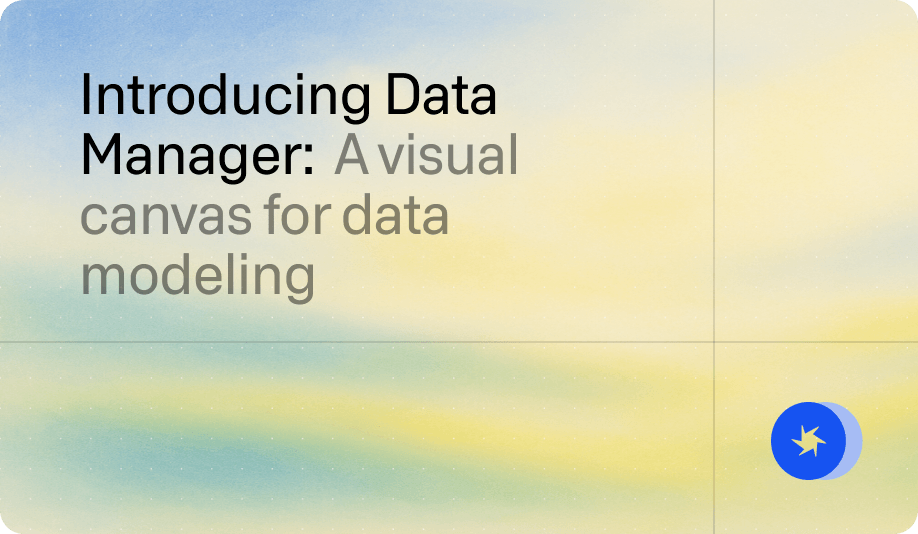Data Activation For Business Teams
There are endless use cases for data activation, especially in marketing automation and automation of other business processes. Any team focused on data-driven customer interaction and improving customer engagement can benefit from it.
Data Activation in Sales
Personalization is essential in sales. Knowing when to reach out and in what context drives the best results. Understanding customer actions with the product and on different channels is a major challenge for sales teams.
Consider an example of product-led growth businesses. First, the customer signs up for a free trial and sets up their account, invites other users, etc. The sales reps need the right context to facilitate product adoption. Understanding their entire customer journey is vital.
Syncing rich customer data from your warehouse to CRMs (like Hubspot and Salesforce) allows the sales team to see the customer’s actions. Syncing specific events to the end destination or using a lead scoring model will help your team prioritize and serve customers.
Data Activation in Marketing
In general, marketing teams are focused most on conversions and impressions. Facebook, TikTok, Google, and other ad platforms measure the cost-per-impression and customer-acquisition costs. But the reality is that over half of marketers use less than 50% of data! The issue isn’t a lack of trying, but a lack of accessibility.
To generate the best results, you must create a custom audience and upload customer segments to ad platforms and marketing channels. But this is a major challenge if marketers need to consult the data team each time they want to leverage a new customer segment.
Without activation, data teams must export the data sets to the marketing teams. Then, marketing teams must manually upload these databases to their ad platforms. Data activation resolves this problem by syncing directly with the ad platforms. They allow marketers to easily leverage customer segments and create personalized experiences with relevant ads. They can also duplicate the same audiences to several destinations.
Data Activation in Customer Support
Customer support teams aim to solve customers’ problems. Most use a ticketing system and SaaS tools to handle incoming support requests. However, if your team doesn’t have all of the information on each customer, this isn’t the best experience for the customer. You’ll see long ticket times with multiple touchpoints and your customer satisfaction could suffer as a result.
Activating the data from your warehouse to support tools automates the process. Useful data about the customer’s behavior or even churn risk models in the data warehouse can sync to support tools. This makes it easier for teams to prioritize requests, improve the customer’s experience and even shorten ticket times.


